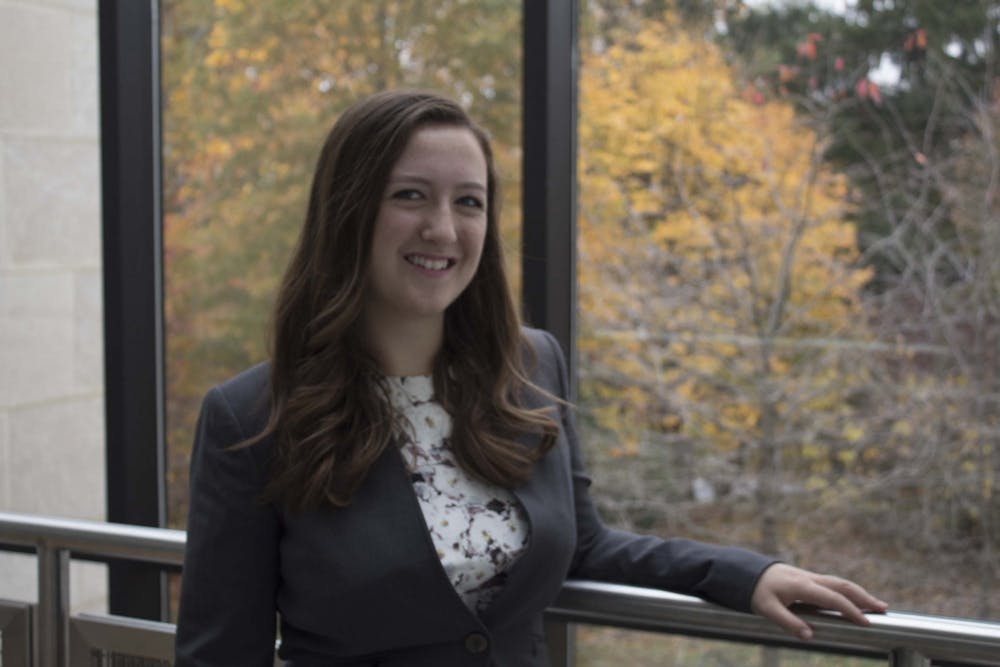D.C. Mayor Muriel Bowser’s new housing plan is not a welcome change for many who have benefitted from the gentrification of the nation’s capital. The city at large is worse for wear with growing economic development, and this plan will help ensure that its community is properly mended. American University and its surrounding area will be an integral part of this change, and for good reason.
D.C. has a long-standing history of racial displacement. Neighborhoods rich in go-go music and powerful cultural discourse are now being bulldozed in favor of eccentric coffee shops and edible cookie dough cafés. D.C. is not geographically large, but there is a world of separation between Rock Creek—wherein AU is situated—and the Southeast.
Bowser has decided to lessen the gap with her administration’s plan, which proposes 12,000 new subsidized housing units, most of which will be concentrated in areas of the city that aren’t already teeming with them. Neighborhoods like Spring Valley and Chevy Chase, areas that have become more exclusive and expensive to live in, will take part in this housing plan that may lessen the tremors of racial discrimination in the city over the long term.
A more equal disbursement of housing will result in a more equal allocation of resources. Parts of D.C. with more exclusive developments naturally have access to better schools and medical care. Now, Bowser is hoping that those opportunities will extend to all members of the community.
This plan is long overdue in a city that is facing one of the highest rates of displacement amongst low-income residents in the country due to the rapid economic development and rising costs of living. With the displacement of people comes the erasure of their cultural and historical footprints.
Another advantage to this plan, then, is the spread of ideas and culture. These are what once made D.C. such a distinct city. By concentrating the city’s cultural vibrancy into smaller spaces, D.C. has effectively been diluting it. Large parts of the District have become exclusive neighborhoods, which are mostly beautiful single-family homes in suburbs with little to offer in the way of art, music, dance and more. These homeowners are the people Bowser hopes to target.
While some will support the plan, she hopes that the NIMBYs—not in my backyard homeowners—will feel shamed into accepting it because of the goal it champions: a reduction of social inequality. In today’s political climate, where liberals use “political correctness” to foster change amongst each other, this is a perfect way for Bowser to force her ideas on those least willing to accept. But for everyone else, it really is an opportunity to engage with each other in a more meaningful way. Daily interactions with residents of different socioeconomic backgrounds will reinforce a sense of community in a city that once valued it so much.
D.C. has a long history of housing discrimination, and people of color are often the ones who are pushed into subsidized housing. They are responsible for creating the D.C. cultural hotspot that has thrived for most of the last century, and yet their culture has been largely swept out of sight with them.
Reintegrating people back into their city is the only way to ensure that D.C. maintains its roots, and anyone who has chosen to live in the newly exclusive areas should honor that—after all, discriminatory housing practices are what have driven people out, not a lack of success. This plan may be difficult to implement in the short term, but it is necessary for the long term cultural vitality of D.C. American University and its surrounding area could also benefit from the increase in diversity—college campuses should fuel unique perspectives, not stifle them.
The U.S. has a long history of encroaching upon others’ spaces and wiping away or appropriating their histories and cultures. D.C. should not be the latest casualty in a cycle that should have been broken long ago. Hopefully, all residents can get on board.
Ashlyn Peter is a senior in the School of Communication and an opinion columnist for The Eagle.
apeter@theeagleonline.com





